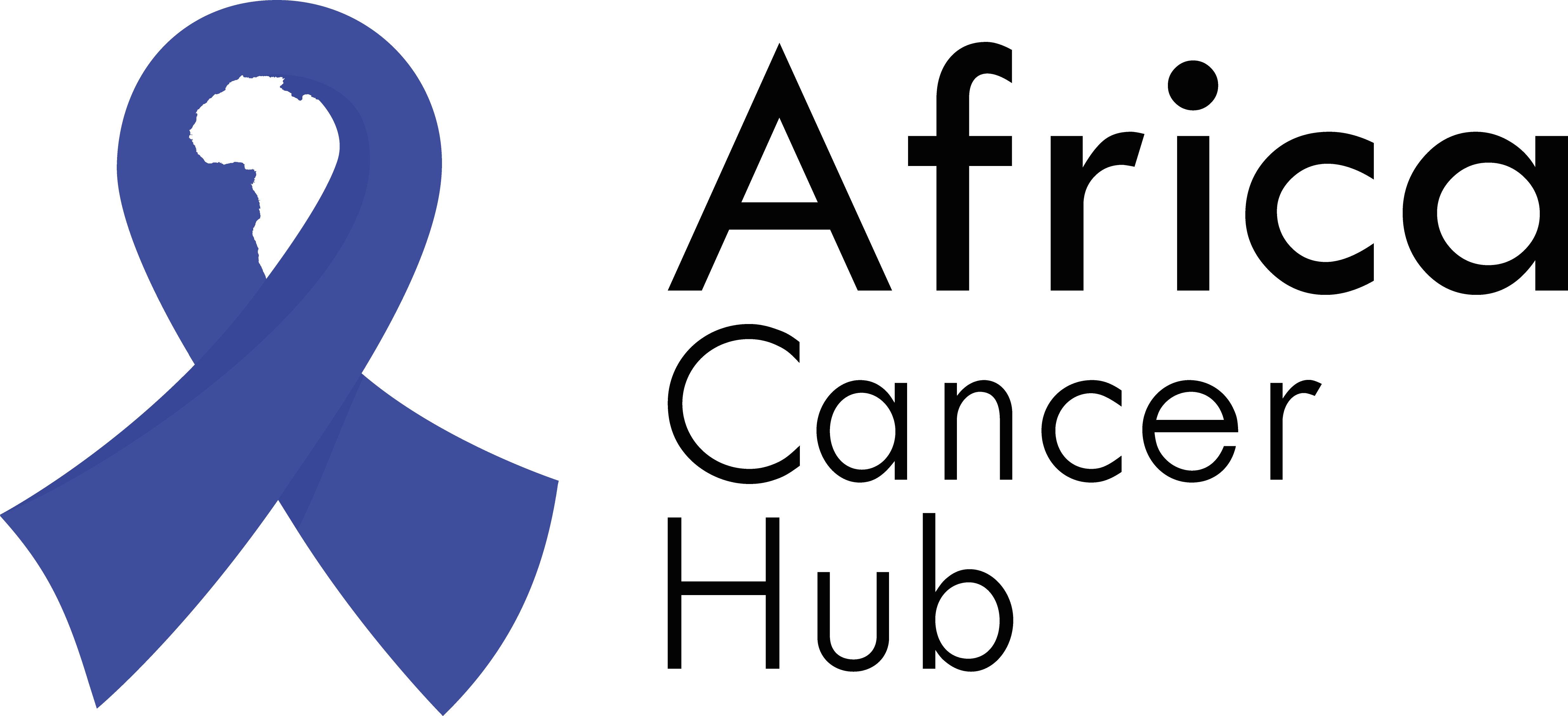Ewing Sarcoma is a type of highly aggressive cancer that grows in any bone in the body. However, it most commonly affects the lower extremities. It includes the legs and the pelvic region. It affects mostly young children or teenagers and is more common in male than female. Experts also refer to it as the peripheral primitive neuroectodermal tumor.
Ewing Sarcoma affects one person in every million. It seems to be more prominent among the white race. The little percentage of Ewing Sarcoma that is present in African is due to a faulty gene. Experts suggest that polymorphism of the EGR2 gene in Africans can cause the disease. It affects the male population more than females. Moreover, 50% of people with the disease are adolescents.
Types of Ewing Sarcoma
The type of Ewing Sarcoma depends on the body part that it affects. It most commonly starts in the pelvis. The tumor may progress towards the femur next. Irrespective of the body part that it affects, it can eventually affect other bones. Bone marrow is one of the most sensitive parts of the body that it affects in its progressive stage. Some of the types of Ewing Sarcoma are as follows;
Bone Tumors
87% of the Ewing’s Sarcoma patients are affected in the bones. It usually involves the femur, ribs, pelvis, and shoulder blades.
Extraosseous Sarcoma
This starts in the soft tissues around the bones. It involves the cartilage and the muscles. Most commonly present in the soft tissues of the upper and lower extremities.
Peripheral primitive neuroectodermal tumor (pPNET)
This type of Ewing Sarcoma affects the nerves. Because of the involvement of nerves, it can affect any body part.
Askin Tumor
It is a subtype of pPNET tumor. It is common in children and yound adults and it most commonly affects the chest wall.

